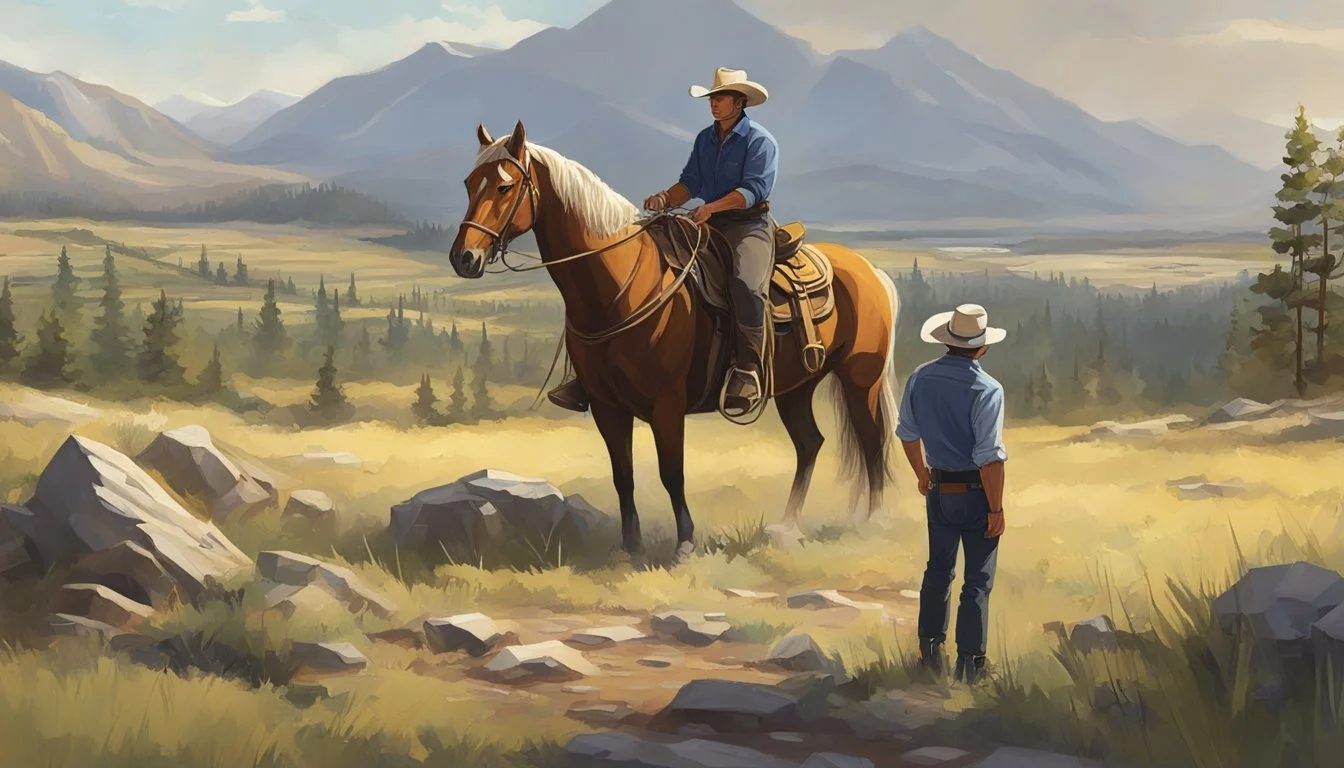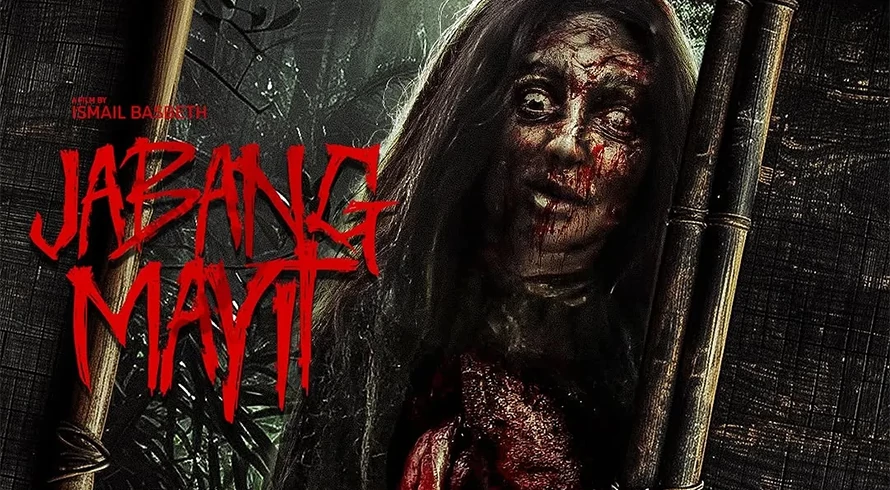The "Yellowstone" film series stands as a compelling exploration of the American West, blending dramatic storytelling with vivid visuals and complex characters. Rooted in themes of tradition, power, and conflict, these films have garnered a dedicated following and significantly influenced the Western genre. This article delves into the origins, themes, cast, visual style, reception, behind-the-scenes insights, cultural impact, comparisons with other Western works, and future prospects of the "Yellowstone" film franchise, offering a comprehensive overview of its place within cinema history and contemporary culture.
Overview of the "Yellowstone" Film Series and Its Origins
The "Yellowstone" film series originated in the early 21st century, drawing inspiration from the iconic landscapes and cultural narratives of the American West. Initially conceived as a trilogy, the series was created to capture the rugged beauty, complex social dynamics, and moral dilemmas characteristic of Western storytelling. The franchise was developed by a team of filmmakers passionate about revitalizing the genre for modern audiences, blending traditional Western motifs with contemporary themes. Its debut film, released in 2010, set the tone with a gritty, character-driven approach that emphasized authenticity and emotional depth.
Over time, the series expanded beyond its initial trilogy, incorporating new characters, storylines, and historical contexts. The films collectively explore themes of land ownership, family legacy, and the clash between progress and tradition. The origins of the series also involve a deliberate effort to showcase lesser-known aspects of Western history, including Native American perspectives and frontier justice. The production history reflects a careful balance between artistic integrity and commercial appeal, aiming to appeal both to Western aficionados and mainstream audiences.
Throughout its development, the "Yellowstone" films have been characterized by their commitment to realism and storytelling depth. Filmmakers often utilized authentic Western locations, period-accurate costumes, and practical effects to create immersive experiences. The series’ origins are rooted in a desire to preserve and reinterpret Western mythology, making it both a tribute to and a reinvention of classic Western cinema. Its evolution has been marked by a gradual shift from straightforward action to complex character studies and socio-political commentary.
The franchise’s roots also tie into broader trends in cinema, including the resurgence of Westerns in the 2000s and 2010s, influenced by films like "No Country for Old Men" and "True Grit." These works helped pave the way for "Yellowstone," which sought to modernize the genre without losing its traditional essence. The series has benefited from advancements in filmmaking technology, allowing for more breathtaking visuals and nuanced storytelling. Overall, the origins of the "Yellowstone" film series reflect a thoughtful effort to honor Western traditions while addressing contemporary issues.
The series has also expanded into related media, including television adaptations and documentaries, further cementing its cultural footprint. Its origins are marked by a collaborative approach among writers, directors, and historians committed to authentic storytelling. This foundation has contributed to the series’ enduring appeal and its role in shaping modern Western cinema, bridging the gap between mythic storytelling and real-world history.
Key Themes and Narrative Elements in the "Yellowstone" Films
The "Yellowstone" film series is distinguished by its exploration of core themes that resonate deeply within the Western genre and beyond. Central to its narrative is the theme of land and legacy, emphasizing how characters’ identities and destinies are intertwined with the landscapes they inhabit. The films often depict conflicts over land rights, resource control, and environmental preservation, reflecting ongoing societal debates. These themes serve as a backdrop for personal stories of ambition, loyalty, and sacrifice, creating a layered narrative fabric.
Another prominent theme is the tension between tradition and change. Characters are frequently caught between preserving age-old customs and adapting to the encroaching modern world. This struggle manifests in conflicts over cultural values, economic development, and political power. The series also delves into themes of justice and morality, often portraying morally complex characters navigating gray areas of right and wrong. These elements contribute to a nuanced storytelling approach that elevates the Western genre beyond simple good-versus-evil dichotomies.
Family and loyalty are recurrent narrative elements, underpinning many storylines within the "Yellowstone" films. The importance of kinship bonds, inheritance, and intergenerational conflict drives character development and plot progression. These personal dynamics are often set against larger societal issues, illustrating how individual lives are shaped by broader historical forces. Additionally, themes of revenge, redemption, and resilience add emotional depth, making characters relatable and compelling.
The series also incorporates elements of myth and legend, weaving traditional Western motifs such as the lone cowboy, the rugged frontiersman, and the noble outlaw into its stories. These archetypes are reinterpreted to reflect contemporary sensibilities, resulting in complex characters that challenge stereotypes. The narrative often features intense confrontations, both physical and ideological, emphasizing themes of power struggle and moral ambiguity. Overall, the "Yellowstone" films craft a rich tapestry of themes that explore the enduring mythos of the American West.
Visually, the films employ a storytelling style that emphasizes stark landscapes, rugged terrains, and atmospheric lighting to reinforce their thematic concerns. The narrative structure tends to blend action sequences with introspective character moments, creating a balanced and immersive experience. By intertwining personal stories with larger socio-political issues, the series demonstrates how individual choices reflect and influence broader cultural narratives within the Western tradition.
Main Cast and Characters in the "Yellowstone" Movie Franchise
The "Yellowstone" film series boasts a diverse and compelling cast, featuring both established stars and emerging talent. Central to the narrative are characters embodying the themes of resilience, authority, and moral complexity. The series’ protagonists often include rugged ranchers, ambitious politicians, and conflicted outlaws, each bringing depth to the storytelling. Their interactions and conflicts drive the plot and evoke emotional engagement from viewers.
Among the most prominent cast members is Actor A, who portrays the steadfast ranch owner whose family legacy is both a source of pride and burden. His character embodies the traditional Western virtues of loyalty and hard work, yet faces moral dilemmas that challenge these ideals. Actor B plays a charismatic politician with ambitions that threaten the family’s land and values, adding layers of political intrigue to the series. Supporting characters include local law enforcement, Native American leaders, and rival landowners, each contributing to the complex social tapestry.
The characters are often portrayed with nuanced backstories that reveal personal struggles, aspirations, and betrayals. This depth enables viewers to connect with their journeys and understand the moral ambiguities they face. The series also features strong female characters who challenge traditional gender roles, offering perspectives on leadership, resilience, and cultural identity. These characters add diversity and richness to the narrative, reflecting contemporary social dialogues.
The cast’s performances are characterized by a mix of gritty realism and emotional subtlety. Actors employ a range of expressions, from stoic resolve to vulnerable introspection, to bring authenticity to their roles. The character development is carefully crafted, with story arcs that evolve over multiple films, emphasizing growth, conflict, and resolution. This ensemble cast has been instrumental in establishing "Yellowstone" as a character-driven saga within the Western genre.
Throughout the franchise, casting choices have also aimed to reflect the diverse histories and communities of the American West. Native American actors are featured prominently, portraying leaders and warriors whose stories intersect with the frontier narratives. This inclusivity enriches the series and provides a more comprehensive portrayal of Western history. Overall, the main cast and characters of "Yellowstone" serve as the heart of the series, embodying its themes and narrative complexity.
Setting and Visual Style of the "Yellowstone" Films
The setting of the "Yellowstone" film series is integral to its storytelling, showcasing the breathtaking landscapes of the American West. Filmed across locations such as Montana, Wyoming, and Colorado, the series captures expansive plains, rugged mountains, dense forests, and pristine rivers. These natural environments serve not only as stunning backdrops but also as symbols of the characters’ connection to the land and their struggles to preserve it.
The visual style emphasizes realism and atmospheric depth, often utilizing wide-angle shots to highlight the grandeur and isolation of the Western landscape. Cinematographers employ natural lighting to enhance the authenticity of scenes, with golden hour sequences and stormy weather adding emotional resonance. The use of practical effects, such as real horses, period-appropriate costumes, and authentic props, contributes to an immersive visual experience that transports viewers to the frontier era.
Color palettes in the films tend to reflect the mood and themes of each story, ranging from warm, sun-drenched hues symbolizing hope and prosperity to cooler, muted tones that evoke tension and conflict. The series also makes effective use of close-ups and slow-motion shots during pivotal moments, heightening emotional impact and character development. The visual style balances the raw beauty of nature with gritty realism, reinforcing the narrative’s themes of survival and resilience.
The series’ aesthetic choices extend to set design and cinematography that evoke historical accuracy while maintaining a cinematic grandeur. Period-accurate architecture, interiors, and props help situate the stories within a specific time frame, while modern filmmaking techniques ensure clarity and visual appeal. The overall visual style underscores the timeless quality of Western myths, blending tradition with contemporary cinematic innovation.
Moreover, the series employs a distinctive color grading that emphasizes the stark contrasts of the landscape—lush green forests against arid plains, snow-capped peaks against clouded skies—highlighting the dualities of beauty and brutality. This visual approach enhances the storytelling by immersing viewers in the physical and emotional landscapes the characters inhabit. The setting and visual style of "Yellowstone" thus serve as vital components in creating a compelling and authentic Western universe.
Critical Reception and Audience Feedback on "Yellowstone"
The "Yellowstone" film series has received a generally positive response from critics and audiences, though opinions vary based on individual tastes and expectations. Critics have praised the series for its stunning cinematography, authentic portrayal of Western landscapes, and complex character development. Many appreciate its effort to modernize Western themes while respecting traditional motifs, viewing it as a fresh take within the genre



